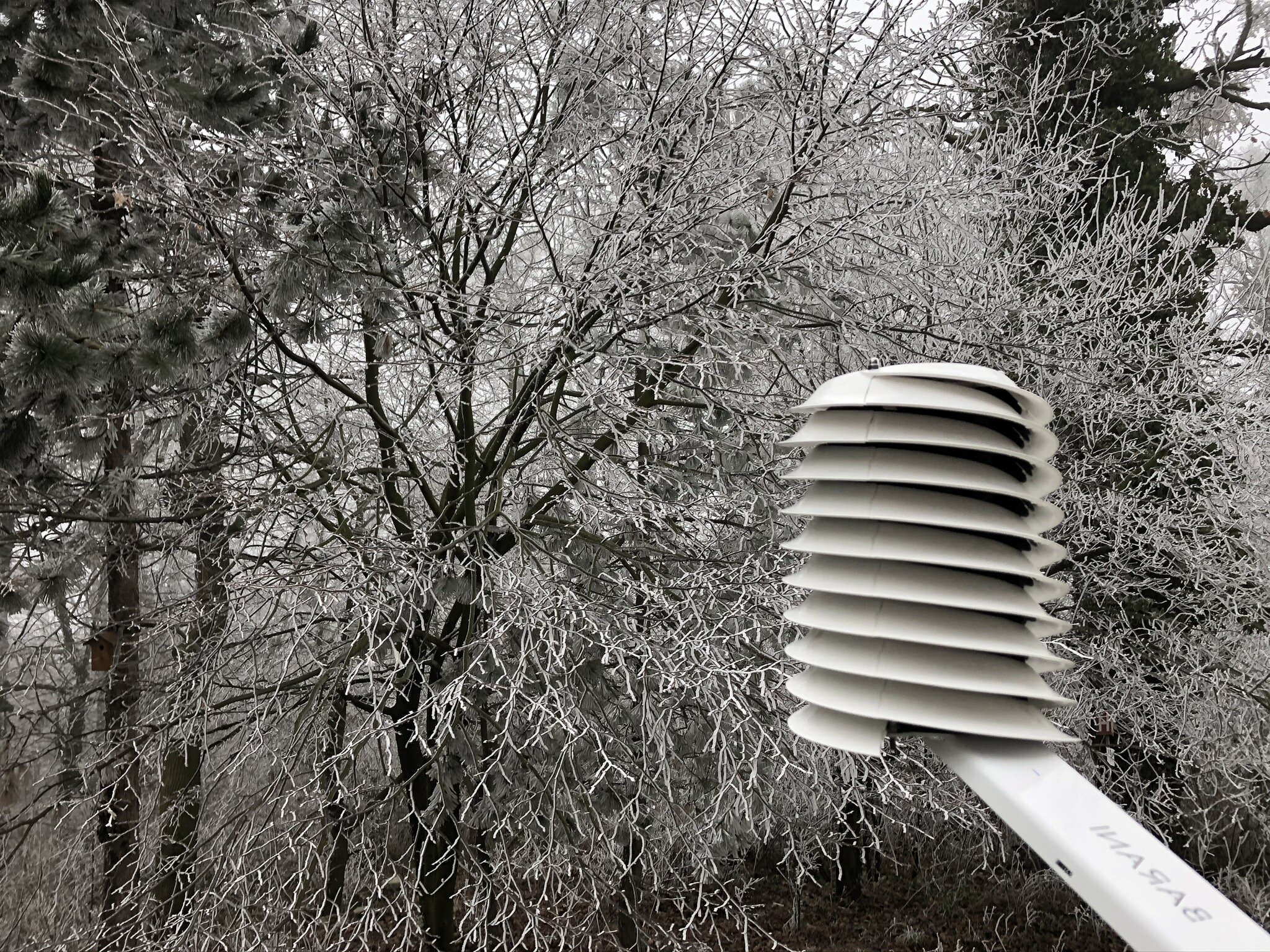MeteoRain 200 Compact Precipitation Gauge Begins Pre-Production
/The 1st in a line of new precipitation sensors, the MeteoRain 200 Compact rain gauge, begins production testing. Early independent testing has shown it to far outclass any other tipping bucket rain gauge in terms of accuracy and repeatability of measurement in field operations, thus classifying it as a maintenance-free meteorological sensor suitable for mass deployments.
As MeteoRain 200 Compact early production batch nears completion, preorder customers will be first in line to receive their units. The MeteoRain line of rain gauges features the only ultra-low-power rain gauges capable of high-precision rain measurement without regular maintenance.
MeteoRain 200 Compact is the first in line and will soon be followed by the stand-alone wireless MeteoRain IoT Compact and MeteoRain 400 Pro. They are designed for mass sensor deployments in Smart Cities, agriculture, and due to their high accuracy and repeatability of measurement can be used to replace aging WMO and NWS compliant meteorological equipment.









